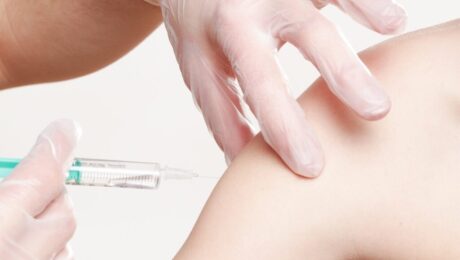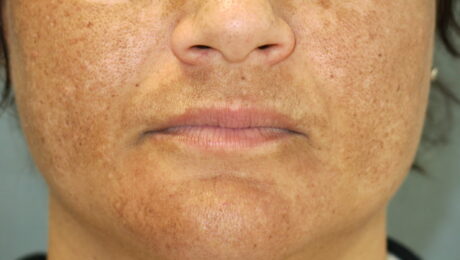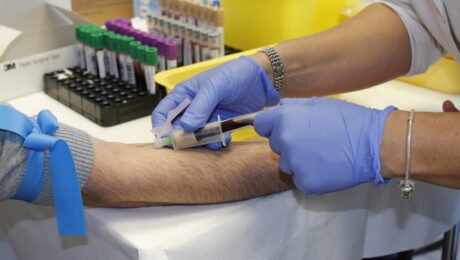Despite what the name may imply, not all people who suffer from Tennis Elbow even play tennis. In fact, most of them aren’t. Many of them can be painters, butchers, plumbers, carpenters, and even much any career which can overuse the muscles in the forearm. This can cause the tendons elbow to become painful and
In popular media, the term Regenerative Medicine, or Stem Cell Therapy, are becoming buzz words. This is because the field of medicine and healthcare is expanding and advancing every day, and many new treatments for otherwise common ailments are being discovered. These conditions range from burns, joint pain, strain, and pretty much every other common
Fact: According to research, PRP treatments are one of the most in-demand treatments available in healthcare. This is impressive considering the following. PRP is not supported by the medical industry. No big pharma funding on extensive research or marketing. No medical associations lobbying to increase its awareness. PRP is shunned by the insurance companies. No
Yep, it’s Platelet-Rich Plasma. There has been numerous speculations about which one among the latest Platelet-Rich family was the greatest—is it the plasma or the fibrin or even latest the A-fibrin? That confusion is somewhat over now. Platelet-products are known to facilitate angiogenesis, hemostasis, osteogenesis, and bone growth. But see, the only reason plasma can
Almost all sports medicine doctors would agree that there’s no harm in trying Platelet Rich Plasma Injections (PRP Injections) for their patients. After all, there are hundreds of thousands of cases of positive results. All it needs is research to prove it’s worth. Currently there are many independent researches going on from private funding like
To understand why stem cell platelet-rich plasma or co-transplantation of Adipose-derived mesenchymal stem cells and PRP, is such a remarkable idea in regenerative medicine, let’s spend a little time looking at the mechanics of PRP. Platelet-Rich Plasma’s Role As Repairmen The one thing that makes Platelet-Rich Plasma a hero in several fields (if not all)
Since it is a new science, many people are skeptical about Platelet-Rich Plasma, otherwise known as PRP. There are some studies out there that state that PRP work no better than a similarly administered placebo, but there are many other studies and doctors that claim that PRP works and works well. This also works well











